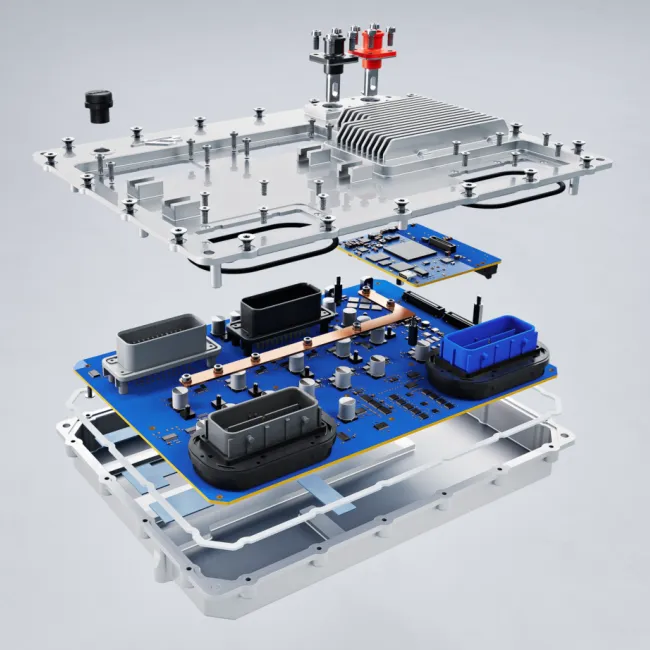
SHERIDAN, WYOMING – June 17, 2025 – In a move that promises to simplify and supercharge the future of driving, NXP Semiconductors and Rimac Technology have teamed up to develop a cutting-edge vehicle control architecture designed specifically for software-defined vehicles (SDVs). At the heart of this innovation lies NXP’s powerful S32E2 processor platform—aimed at making cars smarter, more efficient, and easier to build.
Centralized control that simplifies complexity
Modern cars are essentially high-powered computers on wheels. But with dozens of electronic control units (ECUs) packed in, managing them all can get complicated fast. That’s where the new architecture from NXP and Rimac comes in. By combining Rimac’s performance expertise with NXP’s automotive-grade processors, the solution allows manufacturers to reduce the number of ECUs from more than 20 down to just three centralized units.
Instead of relying on traditional microcontrollers or duplicating hardware for every application, the S32E2 processor handles it all in one compact package. With eight high-speed Arm Cortex-R52 cores and up to 64MB of non-volatile memory, it delivers both raw power and smart design.
“The NXP platform allows developers to quickly implement SDV features for advanced real-time applications. The S32E2 enables the efficient integration of numerous applications within an easy-to-debug environment, where task isolation and determinism are inherent to the design,” explained Ray Cornyn, SVP and general manager, automotive processors at NXP.
Smarter, cleaner, and more efficient
This leap forward in design means more than just fewer parts under the hood. The centralized architecture brings real benefits for consumers and carmakers alike:
- Less vehicle weight means better fuel efficiency or battery range.
- Streamlined integration reduces production costs.
- Improved thermal and energy management enhances reliability and comfort.
- Built-in safety features meet the strict ISO 26262 ASIL D standards.
“With NXP’s S32E2 real-time processors, we found the ideal high-performance and automotive-grade solution that allows us to integrate several units into a single domain controller, reducing complexity and material costs for automotive OEMs while significantly increasing computational power,” said Ana Martinčić Špoljarić, business unit director for powertrain and electronics at Rimac Technology.
Hypercar ready—and beyond
The collaboration between NXP and Rimac is already hitting the road, quite literally. Rimac Technology confirmed it plans to use this new ECU platform in its hypercar program, where performance and efficiency are non-negotiable. But the vision goes further: scaling the solution to other vehicle segments and even new forms of mobility in the future.
Built for safety and security from the ground up
In today’s connected vehicles, cybersecurity and reliability are top priorities. The S32E2 platform is equipped with advanced safety features like core-to-pin isolation for fault protection and a hardware security engine for secure boot and key management—ensuring peace of mind for drivers and manufacturers alike.
An ecosystem to accelerate the future
The S32E2 is just one part of NXP’s broader S32 automotive platform. Alongside it, NXP offers a suite of supporting technologies—from power management chips like the FS86 and PF5030, to high-voltage inverters and battery controllers—to help automakers roll out next-generation vehicle architectures faster and more efficiently.
Learn more about how NXP and Rimac are driving the future of smart mobility at nxp.com.